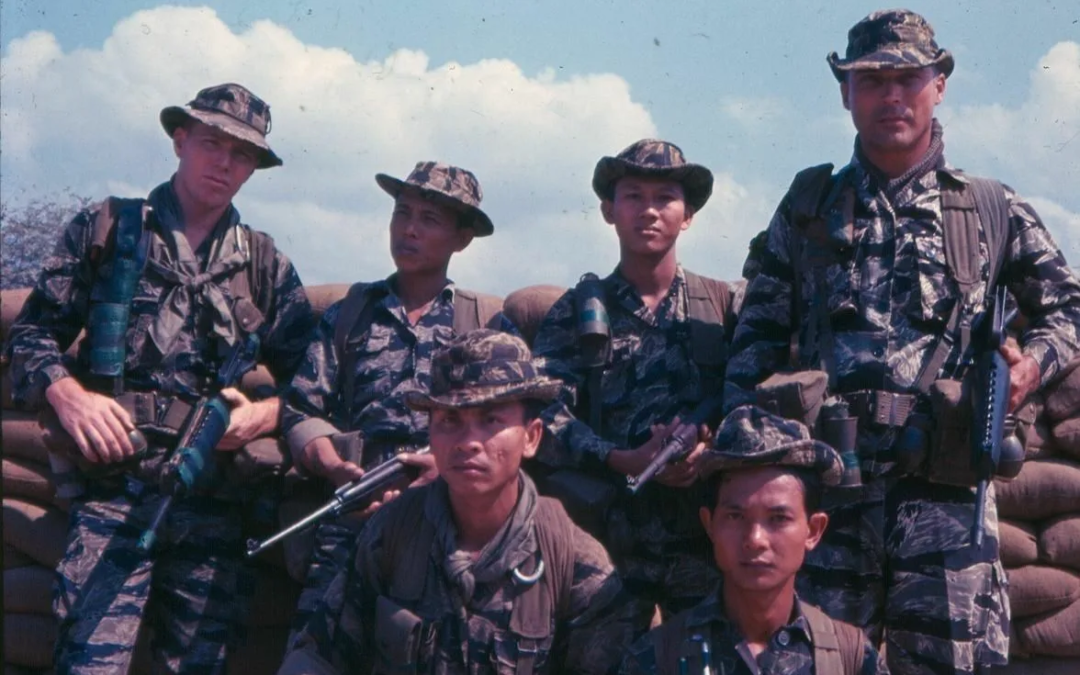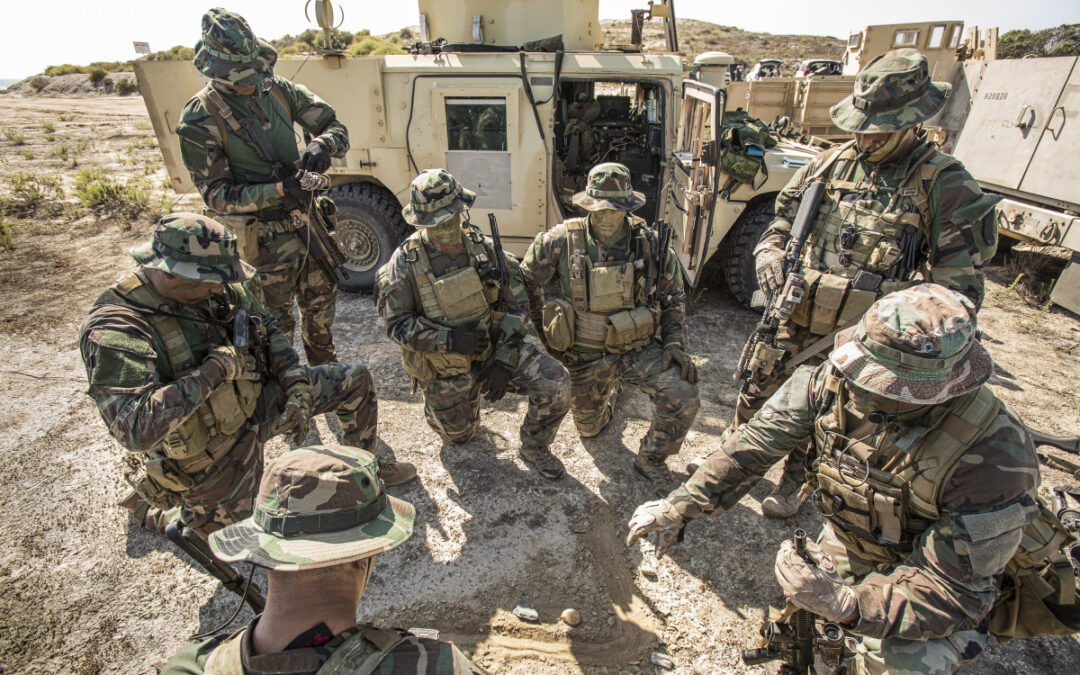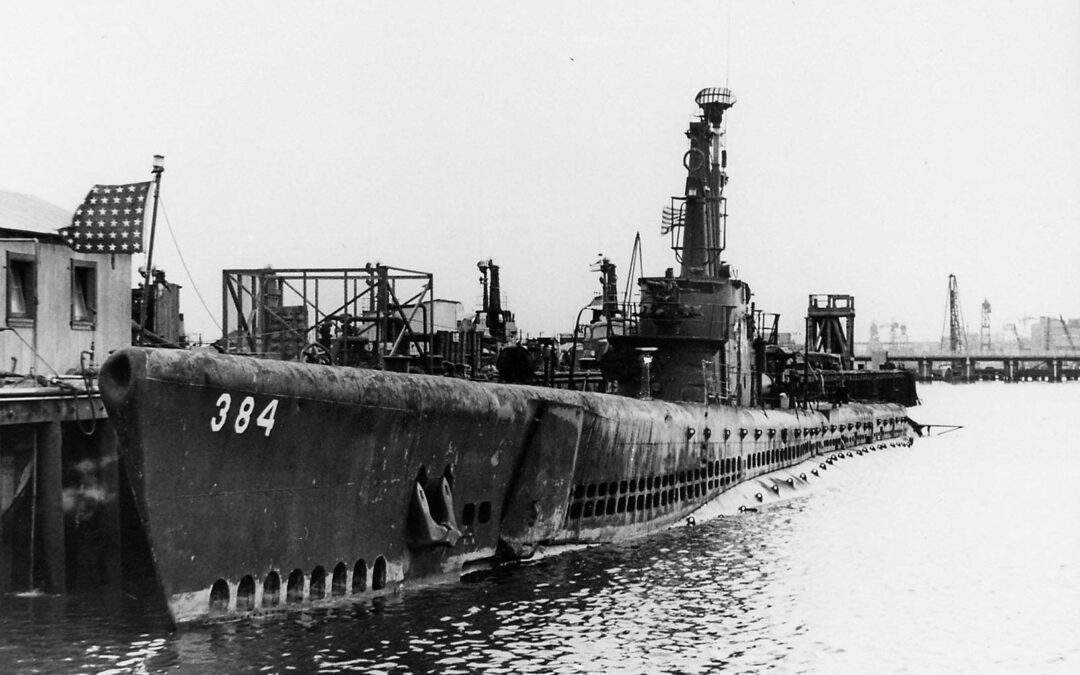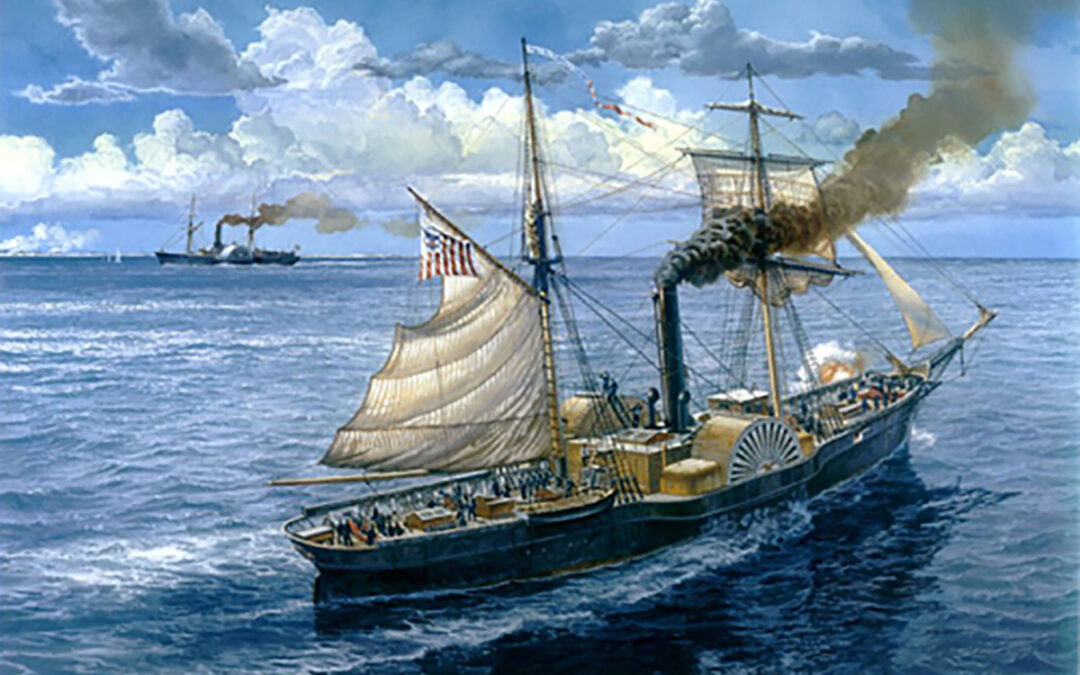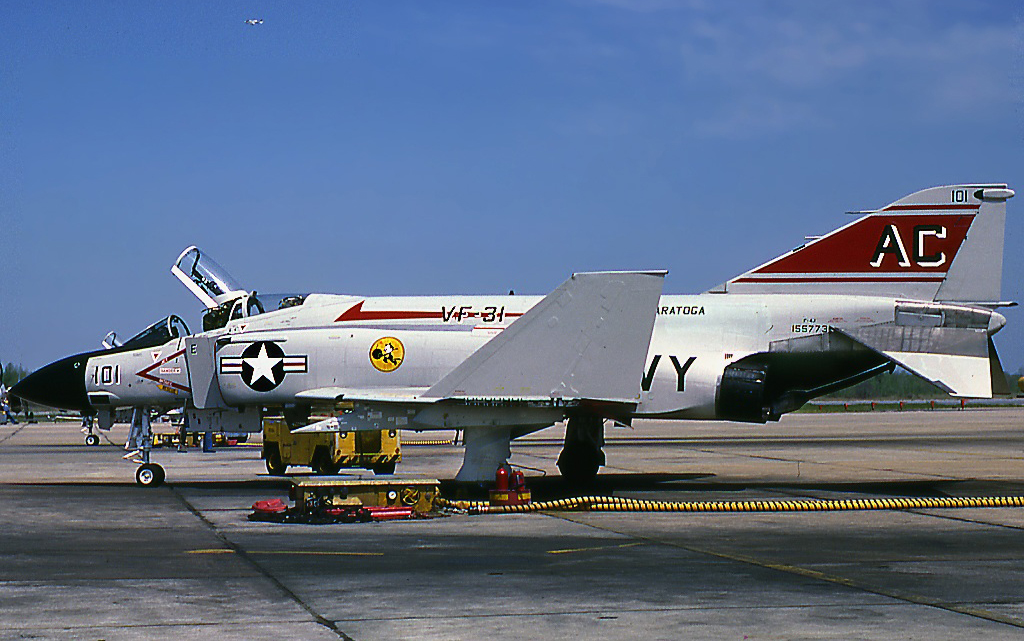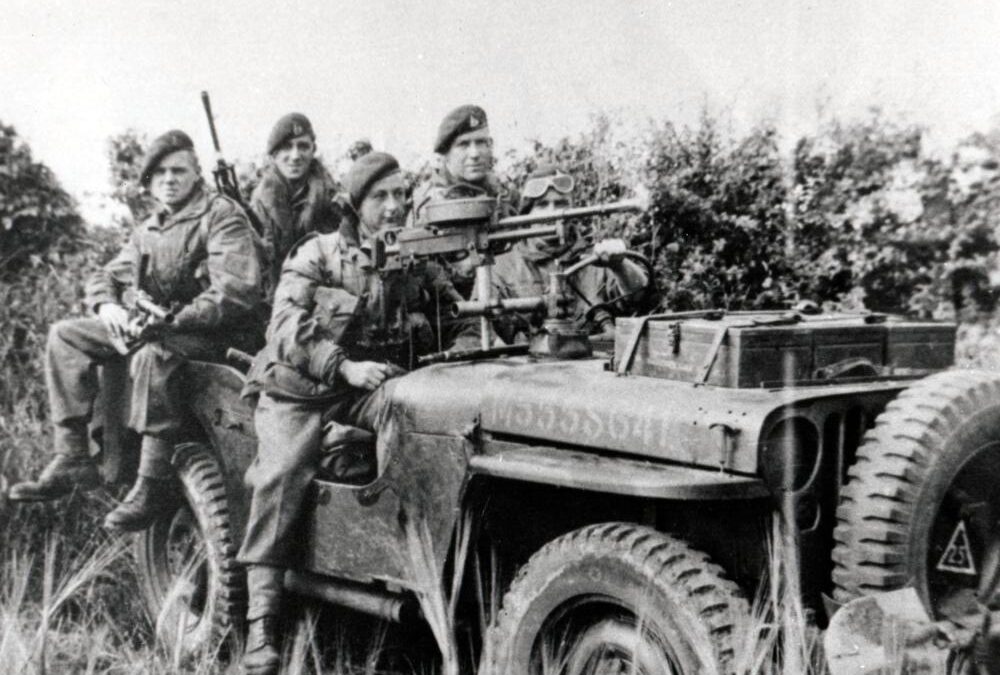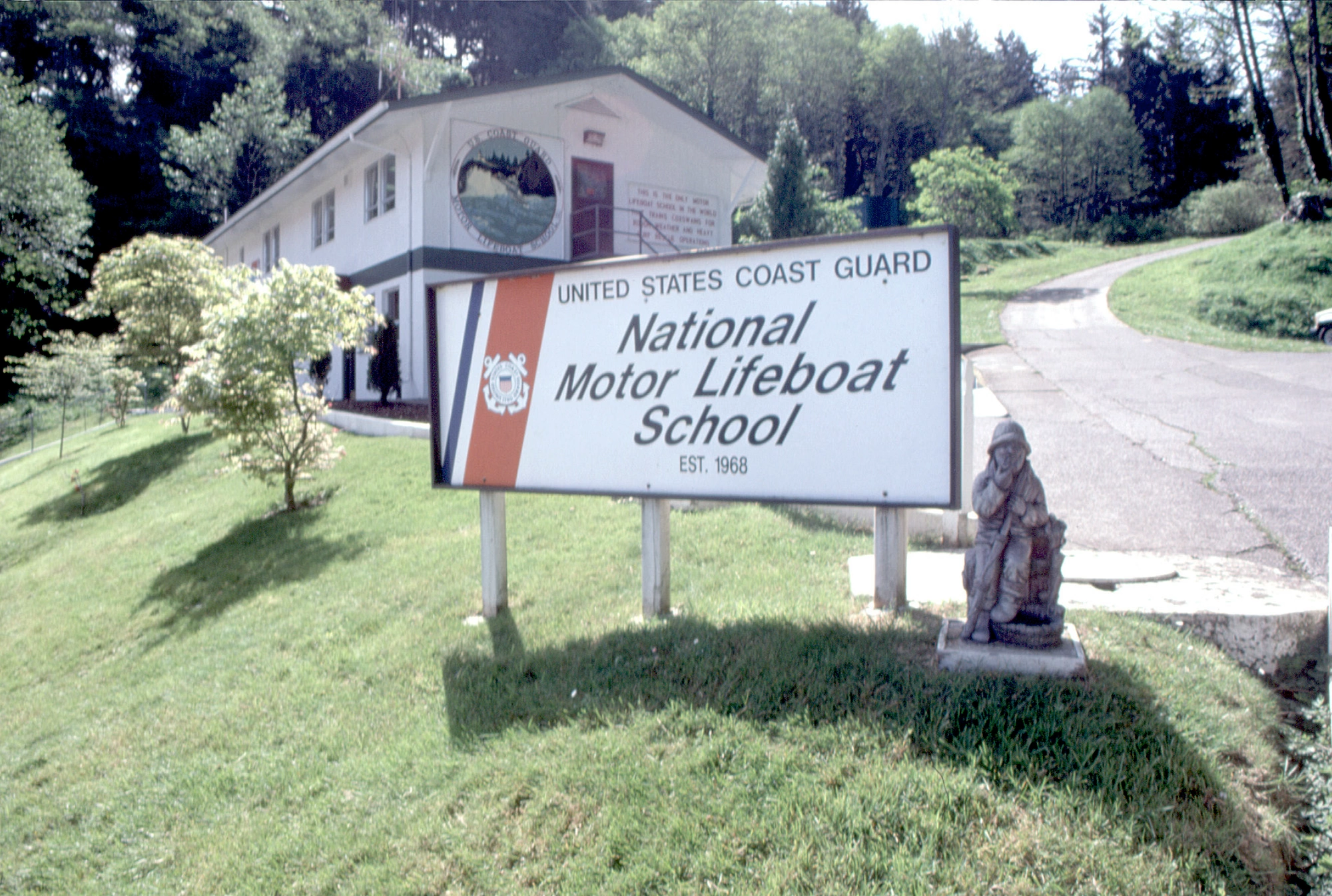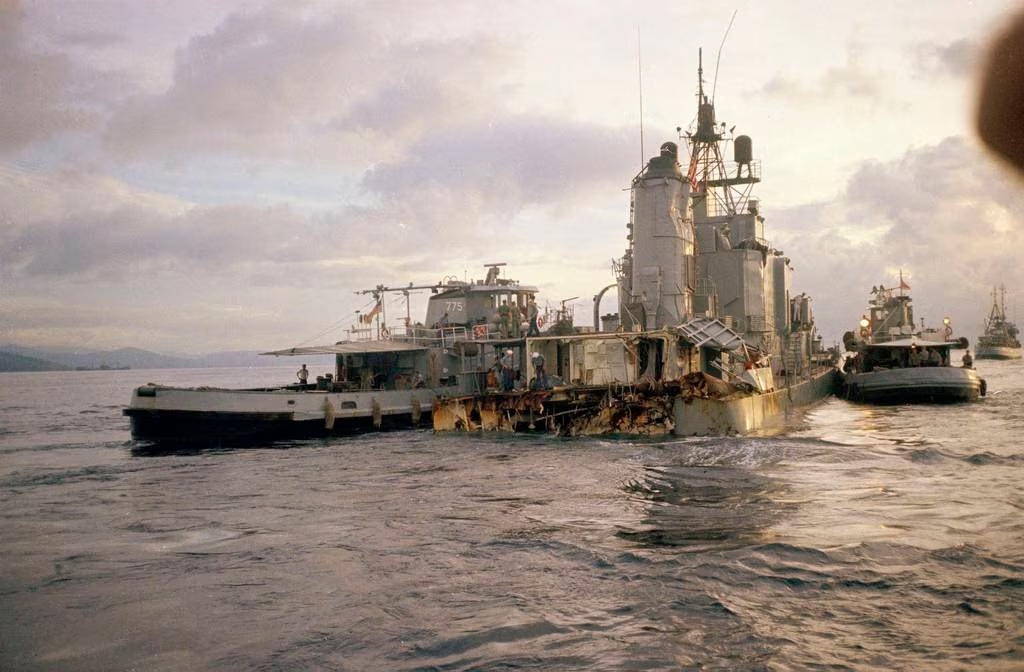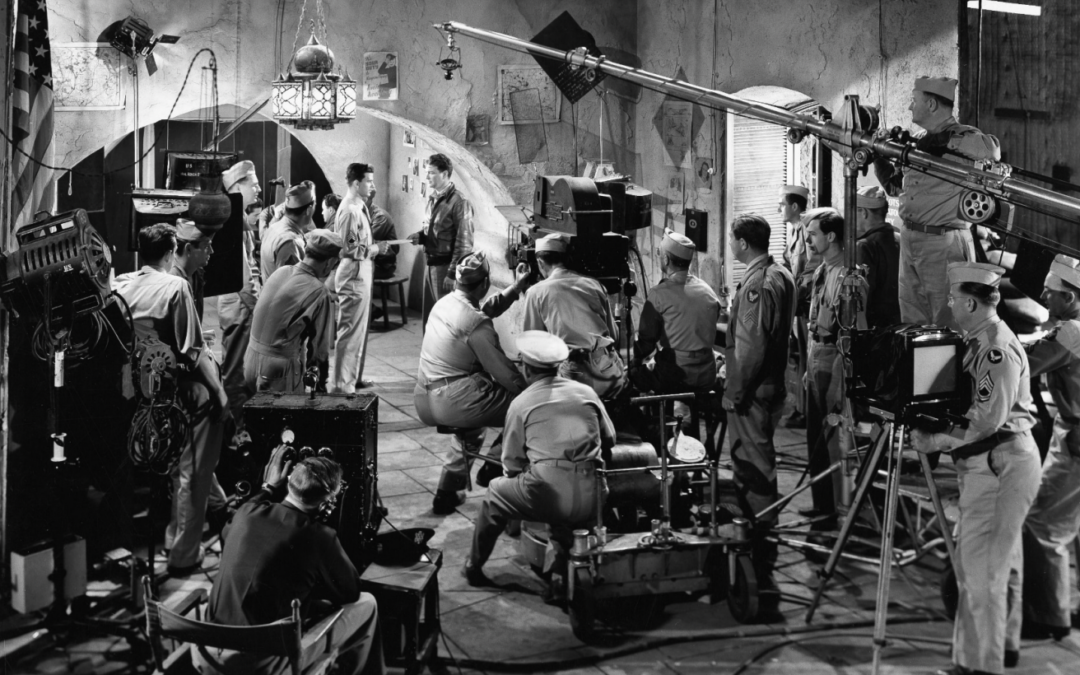Since the beginning of warfare military leaders knew their greatest chance of winning on the battlefield is to know where the enemy is, how great in strength and what they were planning to do. It was certainly no different with Vietnam commanders. To gain useable and timely intelligence on local enemy forces, Vietnam infantry commanders created "unauthorized" or off the book reconnaissance units to penetrated deep into enemy-held territory. So successful were these forays by these small, well-armed Long Range Reconnaissance Patrols (LRRPs) that General William Westmoreland approved the formation of a LRRP unit in each infantry brigade or division. Origins and Mission of Project Delta But there was one reconnaissance unit operating in Vietnam several years before LLRP units existed. It was Project Delta, a clandestine special reconnaissance operations considered the most successful Special Operation units of the Vietnam War, yet few Americans have ever heard of them, or know that this...
